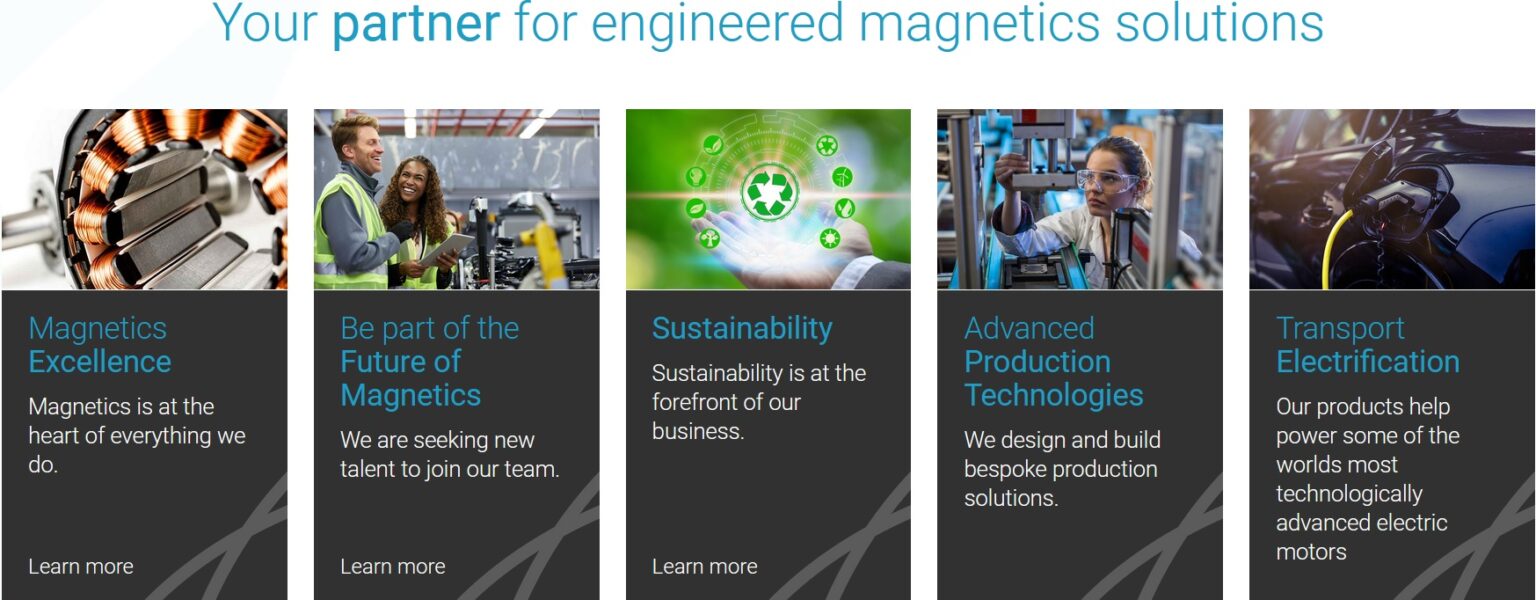Rowena Smith sits down with Jack Lifton on ASM’s ‘Mines to Metal’ Advantage in Supplying Rare Earths
During an interview at PDAC 2024 in Toronto, Jack Lifton of InvestorNews sat down with Rowena Smith, the Managing Director of Australian Strategic Materials Ltd. (ASX: ASM), to delve into the company’s position and strategic initiatives within the rare earths and permanent magnet supply chain. Smith elucidated ASM’s comprehensive strategy, spanning from “mine to metal,” highlighting their advanced development project in Dubbo, New South Wales, and their operational metals plant in South Korea. The company has successfully commenced production of neodymium praseodymium (NdPr) metal and neodymium iron boron (NdFeB) strip alloy, which are essential components for sintered magnets used across various technological applications. Smith proudly noted ASM’s pioneering role as the first Australian entity and one of the few globally to achieve such depth in the supply chain outside of China, emphasizing the critical nature of their work in diversifying the global supply chain and reducing dependence on single-source suppliers.
Smith also detailed the Dubbo Project’s progress, underlining its pivotal role in ASM’s mine-to-metals business model for supplying rare earths and critical minerals. Funding and securing off-take agreements are current priorities, with the project’s engineering, exploration, and permitting stages already completed. Smith’s participation in a U.S. trade delegation and discussions with U.S. government departments reflect a strong international interest in funding the project. These interactions highlight the alignment between Australian and U.S. interests in establishing a sustainable and transparent critical minerals supply chain. ASM’s engagement with various U.S. government agencies and the passage of legislation recognizing Australia as a ‘domestic source’ for U.S. Department of Defense procurement showcases the international efforts to bolster critical mineral supply chains outside of China. The company’s ongoing discussions for offtake agreements and advancements in metallization capability at the Korean Metals Plant further underscore ASM’s commitment to securing a robust position within the global supply chain of rare earth metals and alloys.
To access the complete InvestorNews interview, click here
Don’t miss other InvestorNews interviews. Subscribe to the InvestorNews YouTube channel by clicking here
About Australian Strategic Materials Ltd.
Australian Strategic Materials (ASX: ASM) is a vertically integrated ‘mine to metals’ producer of critical metals for new growth industries, high technologies and sustainable energy solutions. ASM operates a metals plant in in Ochang, South Korea which is currently producing critical metals and alloys to customer specifications. The initial production focus is on neodymium praseodymium (NdPr) and neodymium iron boron (NdFeB). Currently, ASM sources the rare earth oxides for the production of the critical metals at its Korean Metals Plant (KMP) from a third party located in Vietnam. The company’s Dubbo Project, is a long-term resource of rare earth elements, zirconium, niobium and hafnium, located in New South Wales, Australia. ASM intends to develop the Dubbo Project to produce metal oxides which will be used for refining into critical metals at ASM’s KMP and subsequent plants that may be established in other jurisdictions.
To learn more about Australian Strategic Materials Limited, click here
Disclaimer: Australian Strategic Materials Limited is an advertorial member of InvestorNews Inc.
This interview, which was produced by InvestorNews Inc. (“InvestorNews”), does not contain, nor does it purport to contain, a summary of all material information concerning the Company, including important disclosure and risk factors associated with the Company, its business and an investment in its securities. InvestorNews offers no representations or warranties that any of the information contained in this interview is accurate or complete.
This interview and any transcriptions or reproductions thereof (collectively, this “presentation”) does not constitute, or form part of, any offer or invitation to sell or issue, or any solicitation of any offer to subscribe for or purchase any securities in the Company. The information in this presentation is provided for informational purposes only and may be subject to updating, completion or revision, and except as may be required by applicable securities laws, the Company disclaims any intent or obligation to update any information herein. This presentation may contain “forward-looking statements” within the meaning of applicable Canadian securities legislation. Forward-looking statements are based on the opinions and assumptions of the management of the Company as of the date made. They are inherently susceptible to uncertainty and other factors that could cause actual events/results to differ materially from these forward-looking statements. Additional risks and uncertainties, including those that the Company does not know about now or that it currently deems immaterial, may also adversely affect the Company’s business or any investment therein.
Any projections given are principally intended for use as objectives and are not intended, and should not be taken, as assurances that the projected results will be obtained by the Company. The assumptions used may not prove to be accurate and a potential decline in the Company’s financial condition or results of operations may negatively impact the value of its securities. This presentation should not be considered as the giving of investment advice by the Company or any of its directors, officers, agents, employees or advisors. Each person to whom this presentation is made available must make its own independent assessment of the Company after making such investigations and taking such advice as may be deemed necessary. Prospective investors are urged to review the Company’s profile on SedarPlus.ca and to carry out independent investigations in order to determine their interest in investing in the Company.

